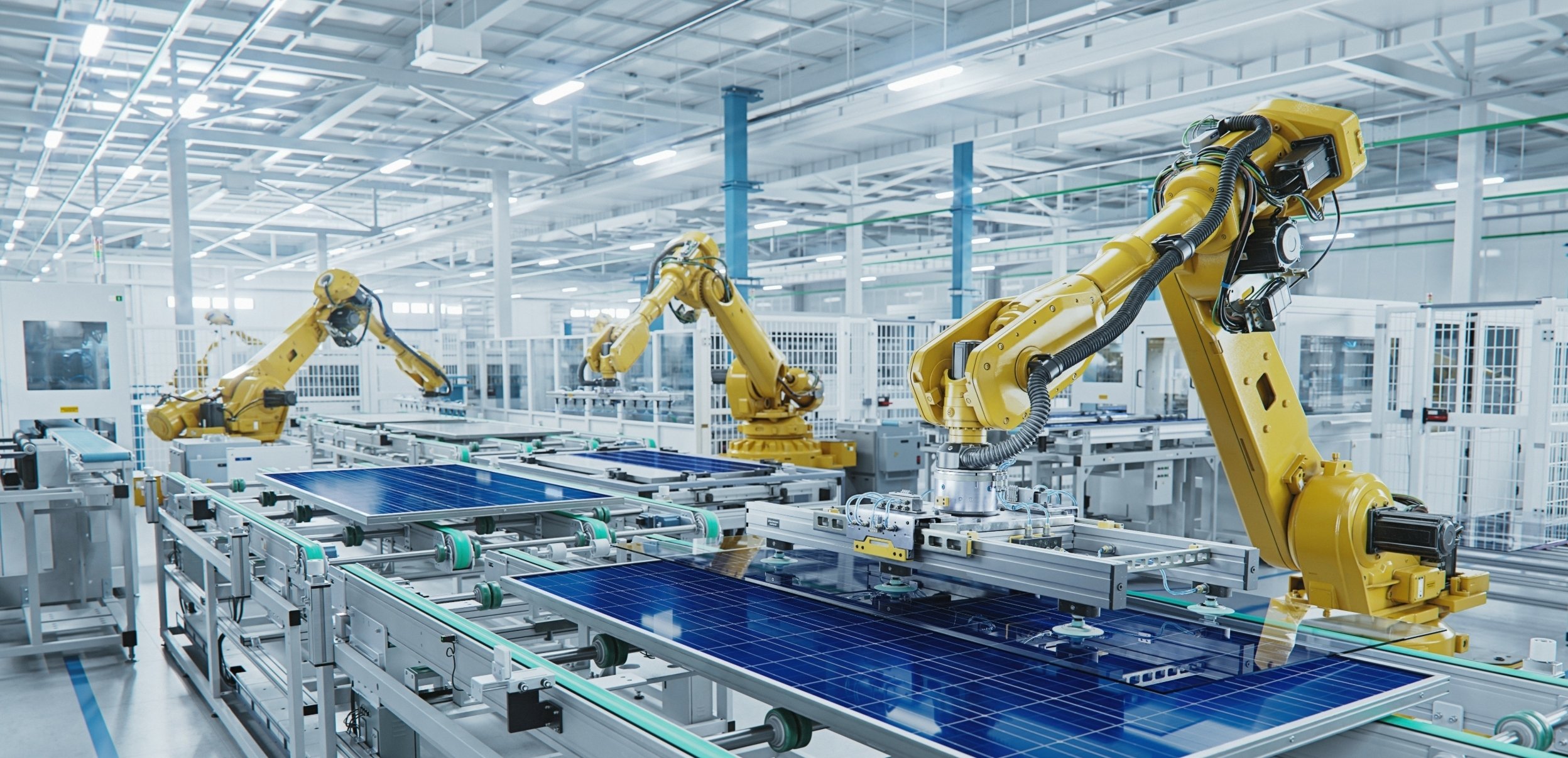Edge computing as defined by Gartner is “part of a distributed computing topology in which information processing is located close to the edge – where things and people produce or consume that information.” More to the point, the edge enables businesses to apply compute and data storage at, or extremely near, where data is collected. This avoids latency issues caused by processing real-time data at what could be hundreds if not thousands of miles away.
While the edge includes a range of potential sites such as factories, railyards or gas and oil exploration, many often have one thing in common – harsh conditions. These may include dust, airborne particulates, pollution, high/low humidity, vibration, hot, cold or wet conditions, as well as confined and hard-to-access spaces. These are very different environments than what exists in a typical climate controlled data center.
To illustrate an opportunity, a manufacturing production line equipped with smart sensors can gather real-time data about the health of the equipment, materials, and processes. Sensors at each stage of the manufacturing process can generate thousands of characteristics per second. This data, when processed using artificial intelligence (AI), can detect flaws, issue an alert and reduce scrap and waste. However, deploying such a system at the edge, requires massive levels of computation in a severe environment.
Scalable systems with high performance servers such as the Lenovo ThinkEdge SE450 Edge Server enable supercomputer performance at the edge. However, with high performance and heavy workloads in compact spaces, “flooded room” air cooling, ducted distribution or raised floors can’t provide the necessary heat rejection, and often they don’t fit in the amount of space available or run reliably in extreme conditions. The Lenovo ThinkEdge SE450 has dual 1,100 watt power supplies (up to 1,800 watts Platinum), which means that at peak power, a fully loaded rack of SE450s can generate 2 to 3 times the amount of heat that generic room air cooling systems can handle. This is an example of computing at the edge, but it surpasses the edge of sensible practicality in terms of deploying sustainable, efficient high performance edge computing systems.
The demand for edge computing
While the market for edge computing is currently estimated at USD 9.17 billion, it is expected to reach USD 58.60 billion by 2028, growing at a CAGR of 44.90% during the forecast period (2023-2028). Incredible!
However this is not surprising. In a poll published in Forbes in January 2023, conducted by John Zogby Strategies on behalf of Xometry, a manufacturing company, 95% of manufacturing executives state they’re optimistic about the future. Despite the possibility of a recession during 2023, a majority are planning to expand hiring and investments in technology to cope with future supply-chain shocks. Most of the executives in the Forbes poll said they will invest in workforce automation (72%) and artificial intelligence (58%), with just under half (47%) saying they will invest in robotics.
Executive Investment Intent
2023 Forbes Poll
All of these numbers point to two things: 1) an increased demand for edge computing in manufacturing and 2) the need for liquid cooling’s superior performance and energy savings over air cooling to scale deployment. For example, liquid cooling and immersion cooling can enable compressorless cooling in many climates throughout the year, even during summer daytime heat. For edge applications where the alternative is a direct expansion (DX) air-cooled system, liquid cooling provides substantial energy and cost savings, not to mention reliable and predictable performance.
The liquid cooling solution
Immersion cooling provides significantly greater capacity to reject heat by unit volume. Such technologies are more efficient in removing heat while allowing chips to work harder, like simultaneously performing more tasks through overclocking.
At LiquidStack, our MicroModular™ edge data center can reject up to 250kW of IT heat load and our MacroModular™ can handle 1.5MW. Fully integrated and factory tested, these turnkey edge data centers can enable the deployment of high performance computing at the industrial edge in a matter of days, versus traditional brick-and-mortar approaches that take months or years to construct. LiquidStack’s edge technology eliminates the need for air cooling as well as heatsinks, fans and throttling. Additional benefits of our prefabricated modular form factor include allowing hardware ecosystem vendors to save on design time and costs and end users to save on capital and operating expenses, while reducing emissions and improving sustainability.
As more companies install compute at the industrial edge, the need for liquid cooling will significantly rise. For more information about LiquidStack edge computing solutions, please contact LiquidStack.
